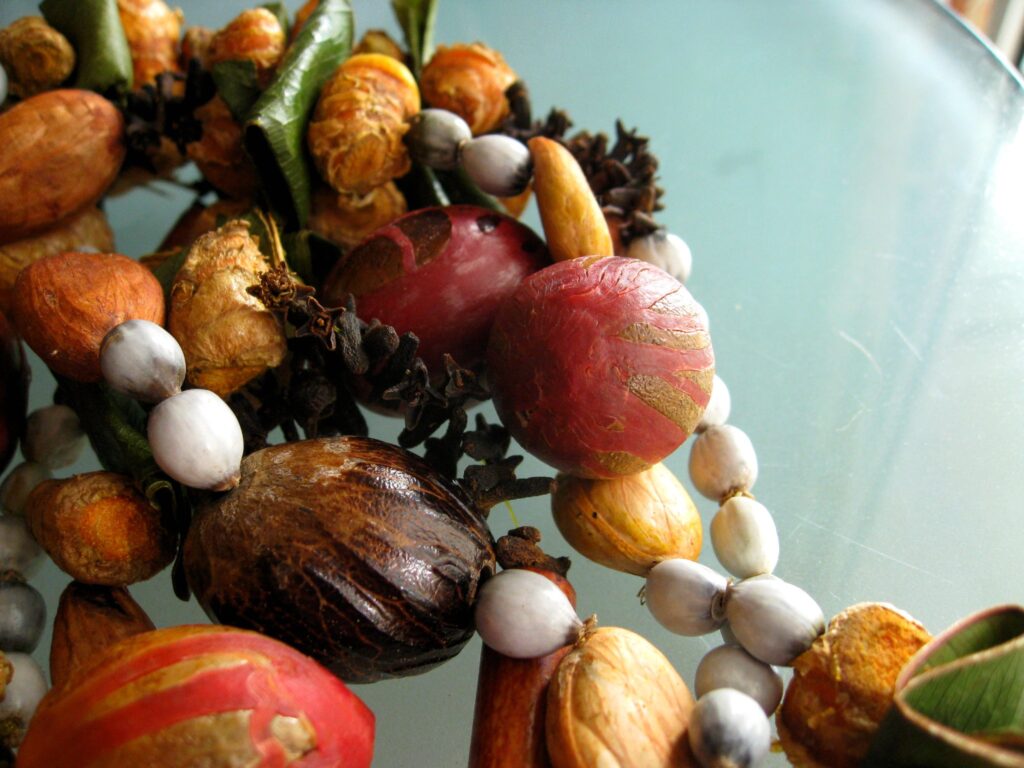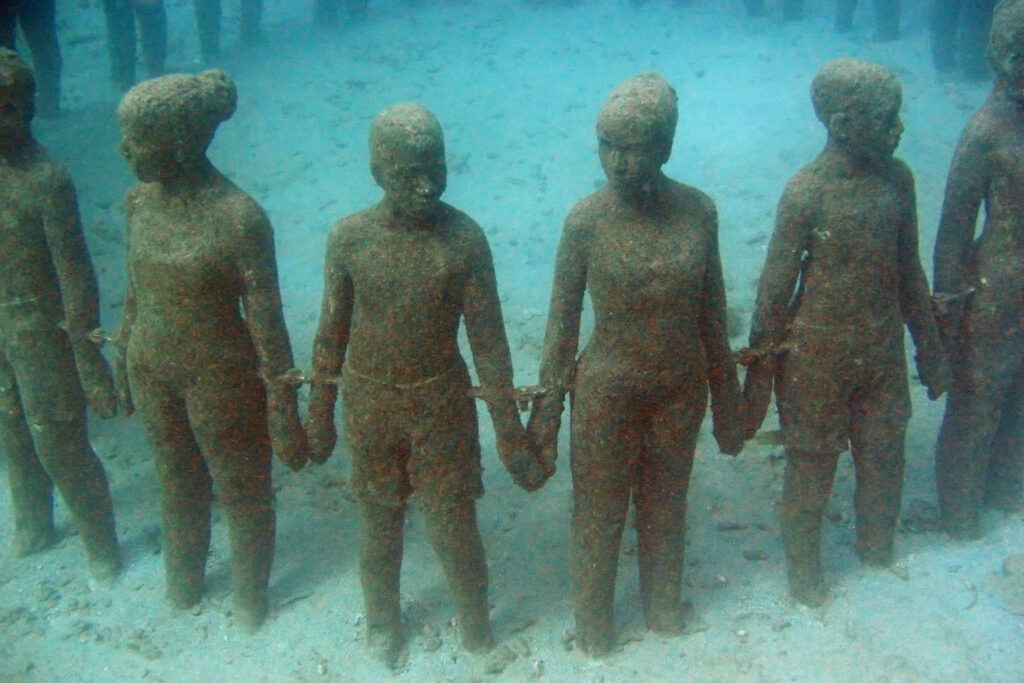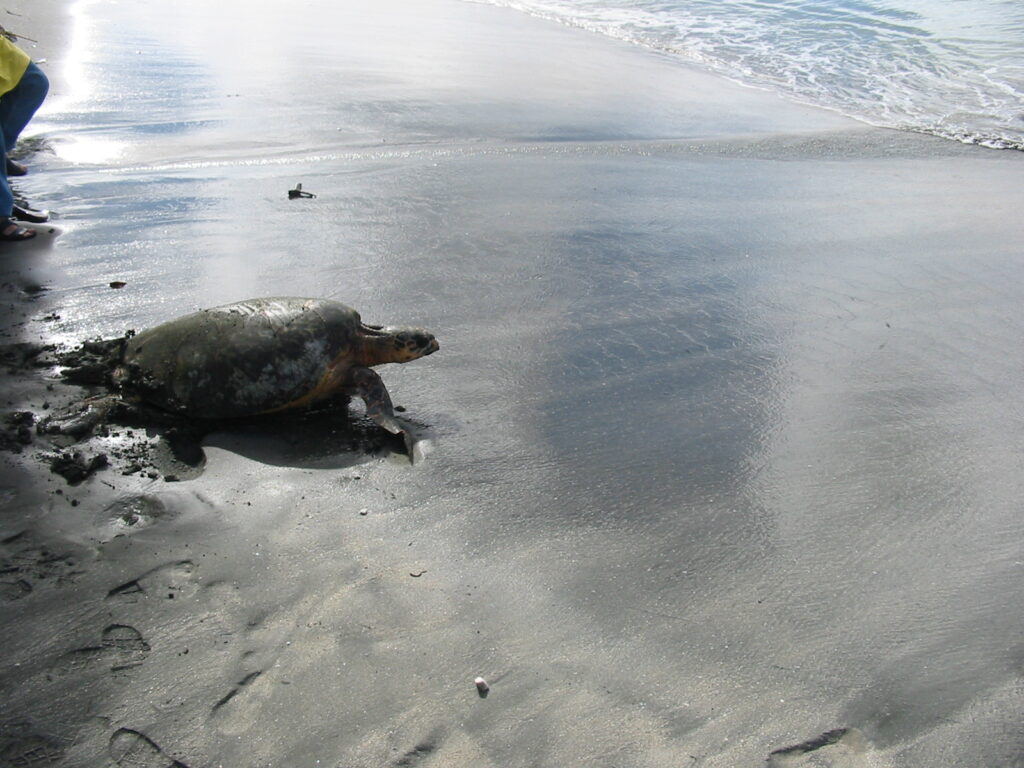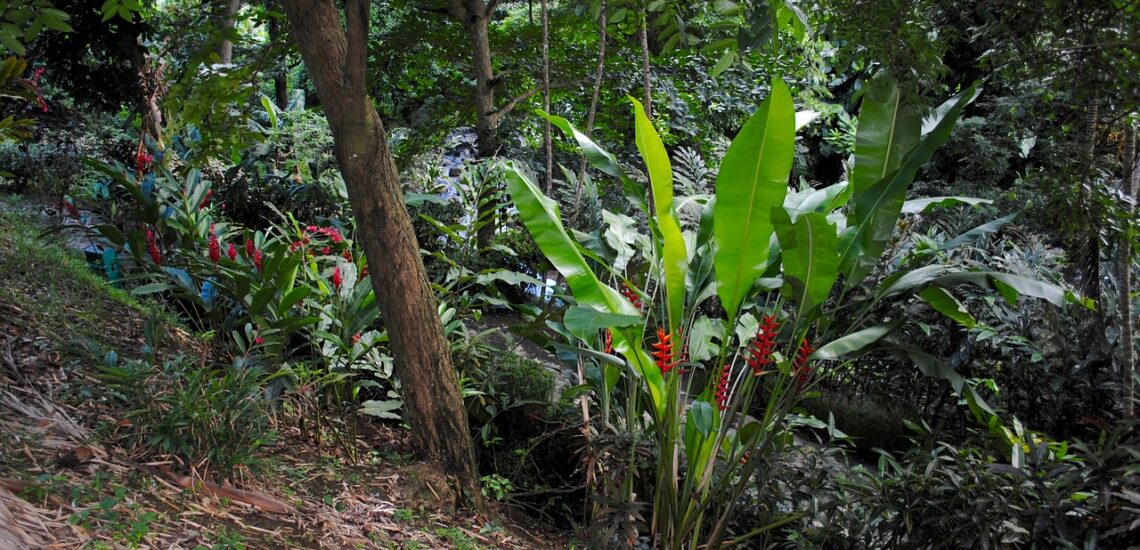Quick facts about Grenada:
- Population: Approximately 125,000 people.
- Capital: St. George’s.
- Official Language: English.
- Currency: East Caribbean dollar (XCD).
- Government: Parliamentary democracy within the Commonwealth realm.
- Major Religion: Christianity.
- Geography: Located in the Caribbean, Grenada is an island country with a total area of about 344 square kilometers.
Fact 1: Grenada is known as the “Island of Spice”
Renowned for its rich and aromatic spices, Grenada has earned its moniker as the “Island of Spice.” This Caribbean gem is famous for producing a wide variety of spices, including nutmeg, cinnamon, cloves, and ginger. The island’s fertile volcanic soil and tropical climate provide the perfect conditions for spice cultivation, making Grenada a paradise for spice lovers and culinary enthusiasts. Visitors to Grenada can explore spice plantations, learn about traditional spice production methods, and savor the vibrant flavors of Grenadian cuisine infused with locally grown spices.

Fact 2: All of Grenada is 3 islands
Despite its name often being associated with just one island, Grenada is an archipelago consisting of three main islands: Grenada, Carriacou, and Petite Martinique. Grenada, the largest of the three, is known for its lush rainforests, stunning beaches, and vibrant culture. Carriacou, situated to the north of Grenada, offers a more laid-back atmosphere with its pristine beaches and charming local villages. Petite Martinique, the smallest of the trio, is renowned for its traditional boat-building industry and tranquil ambiance.
Fact 3: There’s an underwater sculpture park in Grenada
Off the coast of Grenada lies a mesmerizing underwater sculpture park, one of the world’s first of its kind. Created by British sculptor Jason deCaires Taylor, the park features a collection of submerged sculptures nestled on the seabed. These art installations not only serve as a captivating attraction for divers and snorkelers but also function as artificial reefs, providing habitats for marine life and promoting coral growth. The sculptures, depicting various human forms and scenes, offer a unique underwater art gallery, inviting visitors to explore the intersection of art and marine conservation.

Fact 4: Cocoa production is an important part of Grenada
Grenada boasts a rich tradition of cocoa cultivation, with the industry playing a vital role in the country’s agricultural sector. The island’s fertile soil and tropical climate provide ideal conditions for growing high-quality cocoa beans, renowned for their rich flavor and aroma. In recent years, Grenada has also emerged as a hub for artisanal chocolate production, with local chocolatiers crafting exquisite chocolates using locally sourced cocoa beans. Visitors to Grenada can embark on chocolate tours to learn about the chocolate-making process, from bean to bar, and sample a variety of delicious chocolates made on the island
Fact 5: Grenada has beautiful waterfalls with water lagoons
Grenada’s lush landscape is adorned with captivating waterfalls, many of which feature serene water lagoons nestled amidst verdant surroundings. One of the most famous is Annandale Falls, located in the interior of the island, offering visitors the chance to swim in its refreshing waters and marvel at its natural beauty. Concord Falls is another popular destination, comprising three cascading waterfalls surrounded by dense rainforest, with crystal-clear pools perfect for swimming and relaxation. Visitors can also explore Seven Sisters Falls, a series of cascades flowing into inviting lagoons, providing a tranquil oasis amidst Grenada’s tropical wilderness.

Fact 6: Grenada has a lake in the sump of a volcano
Grenada’s picturesque landscape includes the stunning Grand Etang Lake, situated within the crater of an extinct volcano. This volcanic crater lake is surrounded by lush rainforest, creating a dramatic and tranquil setting. Grand Etang Lake is not only a scenic wonder but also a popular destination for hiking and nature exploration. Visitors can trek through the surrounding forest trails, encountering diverse flora and fauna along the way, including tropical birds and orchids. Additionally, the lake’s serene waters offer opportunities for birdwatching and picnicking.
Fact 7: The history of Grenada is closely tied to its forts
Grenada’s forts are integral to the island’s rich history, reflecting its strategic importance in the Caribbean. Throughout its colonial past, Grenada was the subject of contention among European powers seeking control of its valuable resources and strategic location. To defend against invasions and protect its interests, numerous forts and fortifications were constructed across the island. Fort George, overlooking the capital of St. George’s, stands as a prominent example, offering panoramic views of the harbor and serving as a reminder of Grenada’s colonial heritage. Fort Frederick, situated on Richmond Hill, is another notable fortification, providing a glimpse into Grenada’s military history. These forts not only safeguarded the island but also played pivotal roles in shaping its cultural identity and development.
Note: If you plan to visit the country, check if you need an International Driver’s License in Grenada to drive.

Fact 8: Grenada produces quality rum
With its rich history of sugarcane cultivation and distillation, Grenada has earned a reputation for crafting exceptional rum. The island’s fertile soil and tropical climate provide ideal conditions for growing sugarcane, the primary ingredient in rum production. Grenadian rum is celebrated for its smooth taste and complex flavors, reflecting the island’s unique terroir and traditional distillation methods. From aged rums with rich caramel and vanilla notes to spiced rums infused with local spices, Grenada offers a diverse range of rum varieties to suit every palate. Visitors to the island can embark on rum distillery tours, where they can learn about the rum-making process and sample a selection of premium rums.
Fact 9: Leatherback turtles are breeding on Grenada
Grenada’s pristine beaches serve as important nesting grounds for leatherback turtles, the largest of all sea turtles. Each year, typically between March and July, these magnificent creatures return to Grenada’s shores to lay their eggs, continuing a timeless cycle of reproduction. Levera Beach and Bathway Beach are among the key nesting sites for leatherback turtles in Grenada, where conservation efforts are in place to protect these endangered species and their fragile nesting habitats. Visitors to Grenada during the nesting season may have the extraordinary opportunity to witness leatherback turtles laying eggs or hatchlings making their journey to the sea.

Fact 10: There are about 50 beaches in Grenada
From secluded, pristine stretches of sand to lively, bustling waterfronts, there’s a beach to suit every preference on the island. Grand Anse Beach, one of the most famous beaches in Grenada, stretches for two miles along the southwestern coast, offering powdery white sands and crystal-clear turquoise waters ideal for swimming and water sports. For those seeking a quieter retreat, secluded beaches like La Sagesse and Levera Beach provide tranquil settings surrounded by lush vegetation and unspoiled natural beauty. Whether you’re looking to soak up the sun, snorkel among colorful coral reefs, or simply relax in a hammock with a tropical drink.

Published April 06, 2024 • 9m to read





